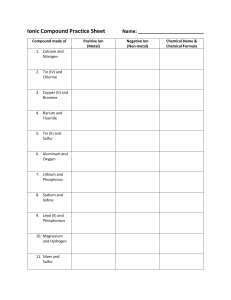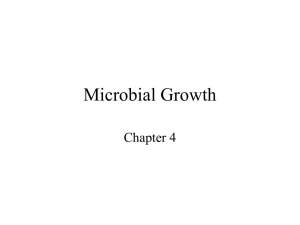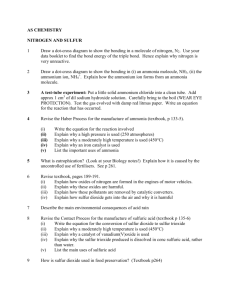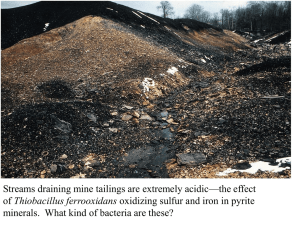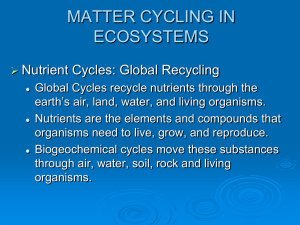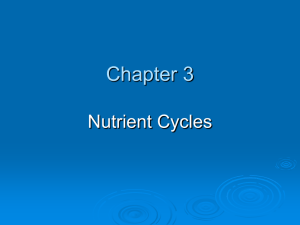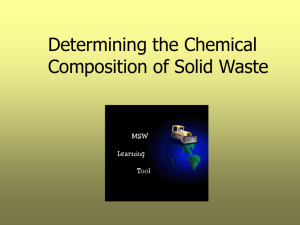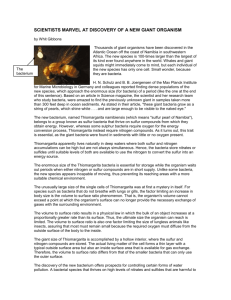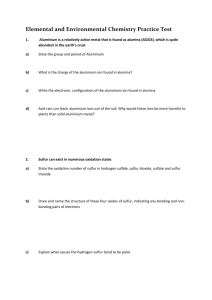Biogeochemical Cycles
advertisement
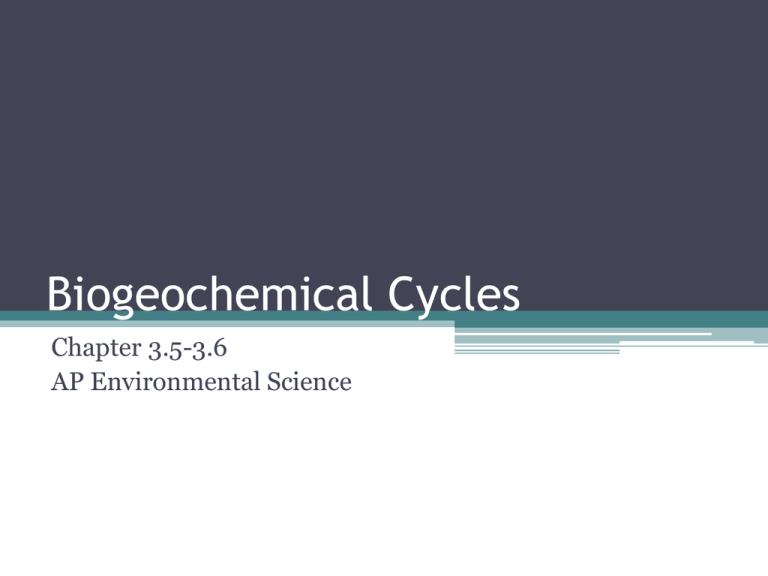
Biogeochemical Cycles Chapter 3.5-3.6 AP Environmental Science Overview • • • • • • What is nutrient cycling? Hydrological Cycle Carbon Cycle Nitrogen Cycle Phosphorous Cycle Sulfur Cycle Nutrient Cycling • Driven directly or indirectly by solar energy and gravity. • Nutrients can accumulate in “resiviors” at different points along a nutrient cycle. • Nutrients on Earth and finite and must be continually recycled Hydrological Cycle • Natural renewal of water • 90% atmospheric water comes from transpiration • 0.024% of Earth’s water is usable Human Impacts 1. Withdrawal of large amounts of water from natural systems, sometimes higher than replacement rates 2. Clearing of vegetation around water sources 1. Decreased transpiration 2. Increased runoff 3. Increased flooding Carbon Cycle • Based on atmospheric carbon dioxide • 0.038% of Earth’s atmosphere is CO2 • Photosynthesis and aerobic respiration play a very important role in this cycle Human Impacts • Increasing amounts of carbon dioxide leads to increased greenhouse gases ▫ Clear cutting of forests reduces CO2 absorption ▫ Warming ocean waters can solubulize less CO2 ▫ Fossil fuels are “out” of the cycle and we add them back into it Nitrogen Cycle • Major reservoir is the atmosphere • N2 cannot be used by most organisms ▫ Nitrification – bacteria convert N2 into NH3 ▫ Denitrification – bacteria convert NH3 and NH3+ back in N2 Human Impacts 1. Nitric oxide (NO) is converted to nitric acid (HNO3) 2. Nitrous oxide (N2O) is a greenhouse gas 3. Release of nitrogen faster than normal through habitat destruction 4. Excess nitrates in the environment from runoff and sewage 5. Nitrogen removal from crap growing Phosphorous Cycle • Does not have an atmospheric component • Based around phosphate (PO4-3) • Phosphate can leave the cycle for a long time once it enters the ocean and settles Human Impacts • Phosphate is a major limiting factor in plant growth • We release lots of phosphate into the environment due to fertilizers and sewage runoff Sulfur Cycle • Focuses on sulfates (SO4-2) and H2S • Sources include volcanoes, dust storms, sea spray, and bacteria byproducts • Some bacteria can use sulfur to power their metabolic activities Human Impacts • Excess sulfur in the atmosphere can lead to sulfuric acid rain • Mining and extraction from the Earth input’s a large amount of sulfur into the cycle • Burning sulfur laced coal leads to acid rain Methods for studying ecology • Study science directly • Study ecosystems in the laboratory • Use models to simulate ecosystems
